Ask anyone that works on the development of driverless vehicle technology and there is a very good chance that AutonomouStuff will have supplied something to their project.
Ottomatika, Cruise Automation, and Otto are all companies that specialize in self-driving technology, and all were recently acquired by big names in recent years—Delphi, General Motors, and Uber, respectively. And guess what? AutonomouStuff was a key supplier to all of these companies.
In each company's case, the research and development work on their self-driving systems could not have happened so rapidly without hardware and systems supplied by AutonomouStuff, a small but rapidly growing company based just outside of Peoria, Illinois.
Working from a deceptively simple business model, this small company has played a major role in helping to accelerate the development of all things autonomous and robotic—especially self-driving cars.
Spotting the Gap in the Market
As far back as 2010—a lifetime for politicians and innovative technologists—getting ahold of manufactured sensors for vehicles and robots was extremely challenging, and costly when you could manage it. Many of the businesses developing these sensors were suppliers to the automotive sector and were manufacturing them in batches of 100,000 units and upwards. This made purchasing these sensors for researchers—who would only need a few dozen to test—a problem.
Bobby Hambrick, Founder of AutonomouStuff, saw this as an opportunity.

I had the opportunity to talk with Hambrick recently, and he explained that the "small folks" (researchers) couldn't spend hours finding the right person inside these mass producers, and even when they did, these major automotive suppliers weren't geared up for single digit sales.
I saw that it was important to support the whole supply chain, the whole autonomous development ecosystem, as those researchers could one day develop their own products that could be mass produced by the automotive suppliers.
The entrepreneurial spirit in Hambrick saw this as his opportunity to make a difference. Describing himself as a "cowboy," he said he wanted to provide a solution to making sensors more available because it excited him and kept hold of his attention.
Although he saw this as a significant opportunity to make lots of money, his main thrust was more altruistic. "I saw a way of democratizing the industry," he told Driverless. "My motivation is to accelerate the whole industry. And I have a disabled child that will benefit [from autonomous vehicle technology]."
Hambrick therefore placed AutonomouStuff at the center of this marketplace and closed the huge gaps that he saw in the supply chain. His team does all the hard work locating equipment suppliers and buying sensors in mass production quantities, then resells the products to his customers in smaller quantities. Customers get a much greater choice of sensors and autonomous products than they would have reasonably managed to source on their own—and at much cheaper prices—due to AutonomousStuff buying in bulk.
As testament to the success of this simple business model in the rapidly expanding self-driving ecosystem, Hambrick estimated that about two years ago, his business had about 500 customers. Now he has about 2,000 customers worldwide that have bought some level of services or technology—with just over 30 employees making all of this possible.
In the first few years, AutonomouStuff customers were very active in buying the building blocks needed for their autonomous vehicle test beds: GPS and other positioning (called "localization" in the robotic industry) sensors, data storage hardware, and data handling. With some developers creating 1 terabyte (1,000 gigabytes) of data an hour, the storage side had really taken off, too.
Understanding Your Customers Needs
Hambrick describes making sensors accessible and affordable (relatively, given that some sensors cost tens of thousand of dollars) as one key element of his growing business model, but he quickly realized that this wasn't actually what many of his customers needed. Their goal was to develop the robotic operating system for a self-driving system, and they needed someone to take the time and effort to integrate all the different hardware and systems needed to create a working prototype.
Seeing this software need as another gap in the supply chain, Hambrick created a second element of his business model in the form of a drive-by-wire Lincoln MKZ.
Many modern cars have replaced the mechanical linkages for vehicle control with wired connections. Electronic actuators now apply the physical effort to carry out braking, shifting, and acceleration. Today, the AutonomouStuff specialists can take this highly advanced drive-by-wire MKZ vehicle and retro-fit it with sensors and a control system. By putting all of their hardware onto one platform, he vehicle can both see its surroundings be driven by electronic commands.
Depending on the customer's specifications for the various sensors and components, Hambrick says that a kitted Lincoln MKZ can sell from anywhere between $100,000 and $500,000. For instance, the top-of-the-range Velodyne HDL-64E LiDAR sensor on its own sells for around $85,000, and the lower specification VLP-16 Puck model sells for about $8,000.
Given Quanergy's recent announcement that they will soon be mass-producing a solid-state LiDAR for around $250 a piece, both Driverless and Hambrick were left wondering how long it might be before AutonomouStuff customers could specify one to make their MKZ package more affordable.
Giving the Customer a Single Interface
The third element for Hambrick's business model has been to further integrate the various systems by developing middleware for the customer to develop the robotic self-driving system. Middleware is software that acts as a bridge between the sensors and the robotic operating system that makes the safe driving decisions.
Hambrick describes it as "one interface for everything," which, to customers, is preferable to a separate interface for each sensor and each manufacturer. It's another big-time saving for customers if they don't have to mess around with the distraction of getting all the sensors and component systems speaking the same language. So they developed agnostic middleware that works with whatever interface the customer desires.
AutonmouStuff launched their Lincoln MKZ development platform back in 2015, and Hambrick is very proud that at the recent Consumer Electronics Show in Las Vegas, quite a few of the major initiatives were based on technology put on top of a Lincoln MKZ—provided by AutonomouStuff. The highest profile of these initiatives is the AutonomouStuff partnership with NVIDIA, one of the hottest companies in the automated vehicle system at the moment, as their machine learning technology is accelerating the rate that the automated driving systems improve.
Icing the Cake with a Core Software Suite
The fourth element is what Hambrick and his team of staff are working on right now. This is the development of software applications on top, both through the growing number of their partner organizations and by themselves. As Hambrick told Driverless:
We have a software development team doing driver development and application development, with a strong core of steering, braking, acceleration and control modules. We have our own full stack of highway autopilot software, and even our own shuttle automation software.
He explained that the customer can buy the car with everything foundational that they need, so that they can concentrate on the more advanced problems of autonomous driving. This way they can be that much further along on day one.
With his keen entrepreneurial eye for the gaps in the autonomous vehicle development supply chain, it is no wonder that Hambrick's AutonomouStuff business is growing so rapidly. It would seem that he has already played a major role in achieving his goal of accelerating autonomous vehicle development, but this story, like the robot revolution that it is precipitating, may have only just begun.
No one knows how much value that AutonomouStuff's supply chain support has added to the various companies in this sector, but if Otto and Cruise Automation are anything to go by, then it is already probably in the tens of millions of dollars. This one small company is punching above its weight, and is giving every indication that it will continue to do so for as long as there are autonomous system developers looking for the right hardware and software to build their projects with.
- Follow Driverless on Facebook and Twitter
- Follow WonderHowTo on Facebook, Twitter, Pinterest, and Google+
Correction, January 26, 2017: This article has been edited to remove an incorrect link between AutonomousStuff's middleware and PolySync.
Just updated your iPhone? You'll find new emoji, enhanced security, podcast transcripts, Apple Cash virtual numbers, and other useful features. There are even new additions hidden within Safari. Find out what's new and changed on your iPhone with the iOS 17.4 update.
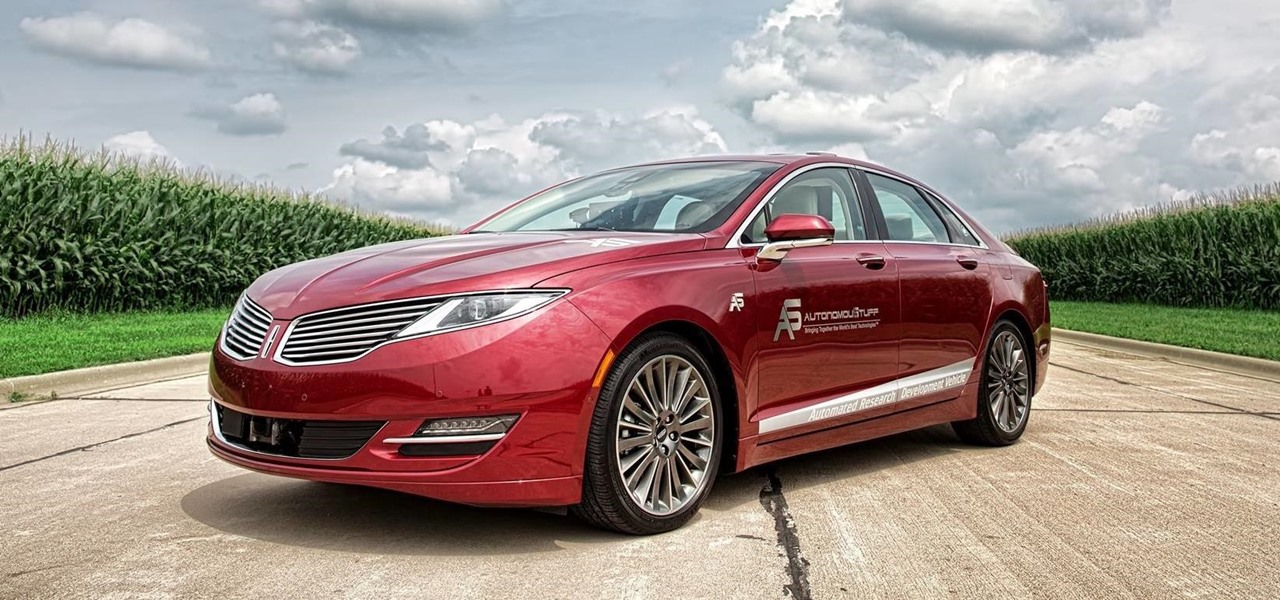




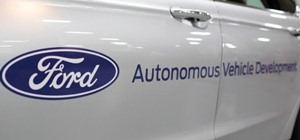

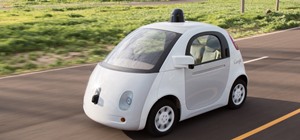


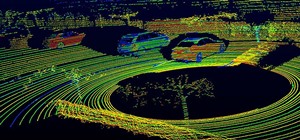
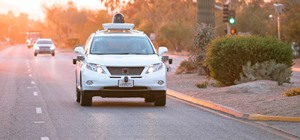
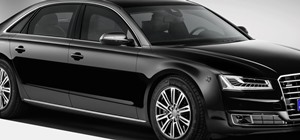
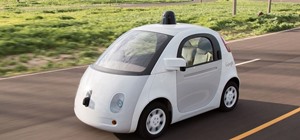
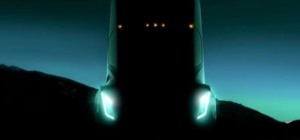
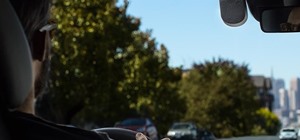
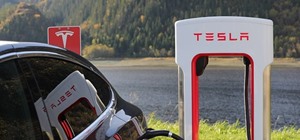
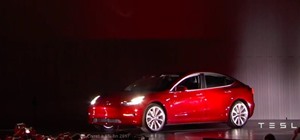


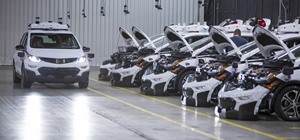
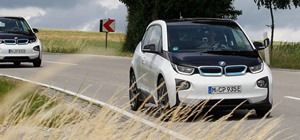
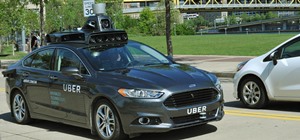
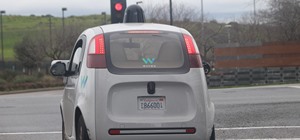
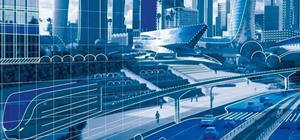
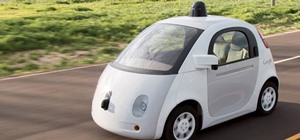
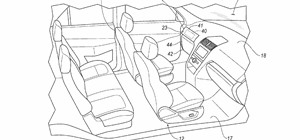

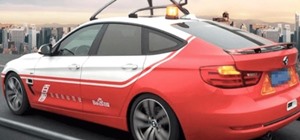
Be the First to Comment
Share Your Thoughts